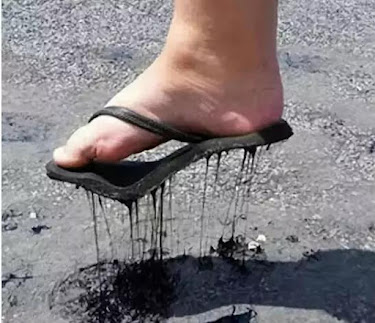What is the average cost of a CNC machine for home use?

The average cost of a CNC machine for home use can range from $1,000 to $5,000. However, this is a broad range and the actual cost will depend on several factors: Factors Affecting Cost: Type of CNC Machine: CNC routers are generally more affordable for home use compared to CNC mills or lathes. Size and Work Area: Larger machines naturally cost more. Material Compatibility: Machines capable of cutting various materials (wood, metal, acrylic, etc.) tend to be pricier. Build Quality and Precision: Higher-quality machines with better accuracy and durability come with a higher price tag. Brand and Reputation: Well-known brands often command a premium. Types of CNC Machines for Home Use: Desktop CNC Routers: These are the most common for home use, offering a good balance of affordability and capabilities. Hobbyist CNC Routers: Larger than desktop models, suitable for more ambitious projects. CNC Laser Engravers: Primarily for engraving and cutting materials like wood, acry...




